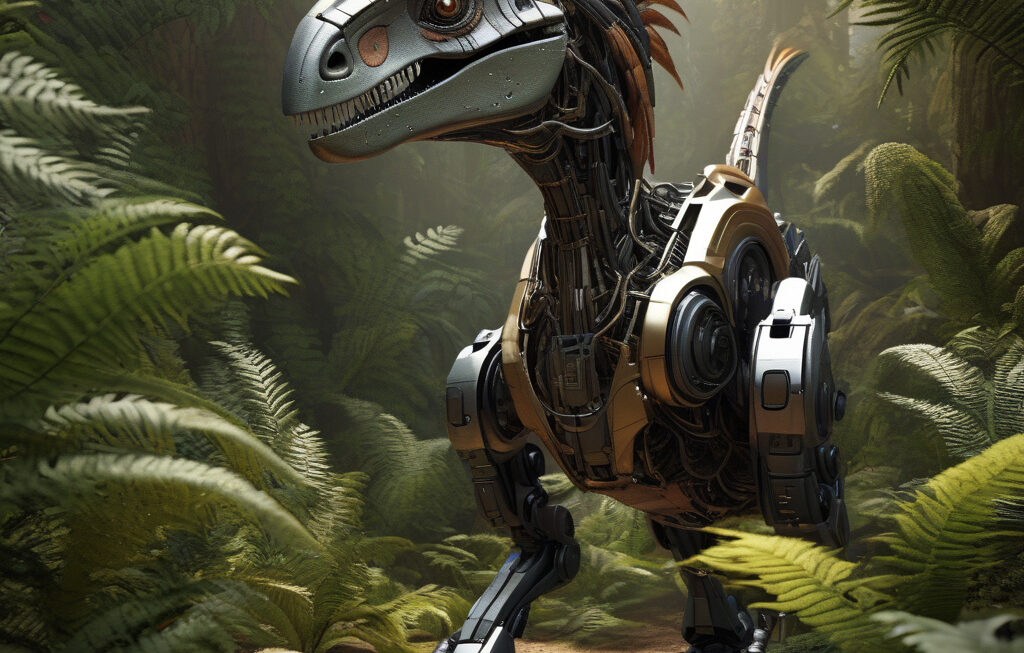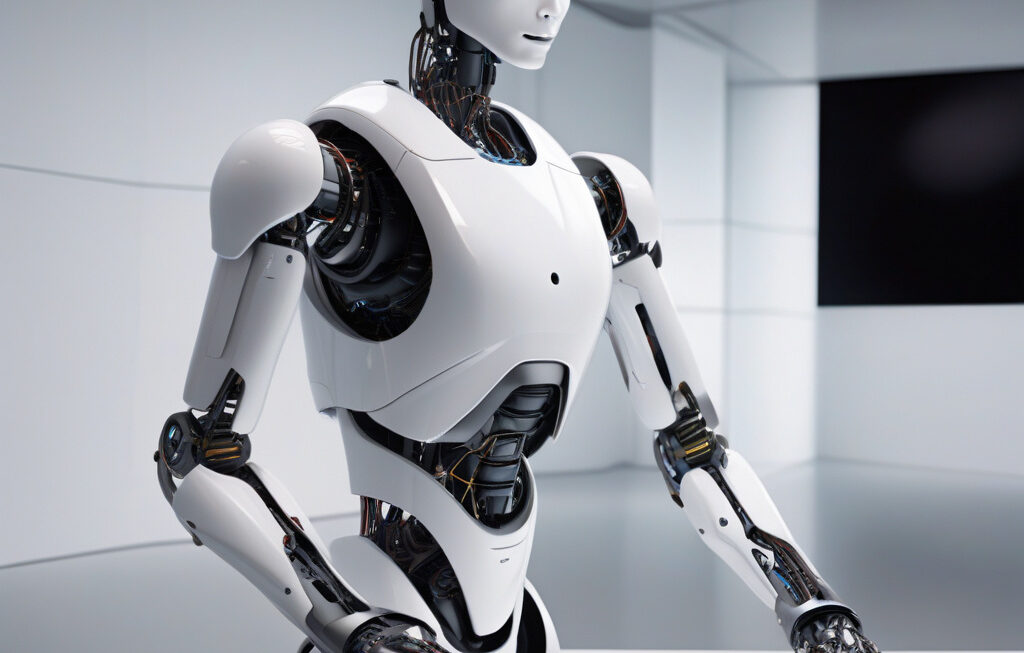Eels’ Locomotion Secret: A Potential Game-Changer in Advanced Robotics
Eels have a unique ability to move even after a spinal cord injury, a feat that has puzzled scientists for years. This remarkable trait is not only fascinating from a biological perspective but also holds great promise for the field of robotics. By understanding and mimicking the locomotion mechanisms of these enigmatic creatures, researchers are on the brink of designing next-generation advanced robots that could revolutionize various industries.
The key to eels’ exceptional locomotion lies in their body structure and movement patterns. Unlike most vertebrates, eels lack pelvic fins, which are typically essential for propulsion and stability. Instead, they rely on a unique undulating motion that allows them to navigate through water with remarkable agility and efficiency. This undulatory movement is powered by a complex interplay of muscles along their slender bodies, enabling eels to swim forward, backward, and even crawl on land.
What makes eels particularly intriguing is their ability to maintain this undulating motion even when their spinal cord is severed. While most animals would be paralyzed in such a scenario, eels somehow find a way to continue moving. Scientists believe that this resilience is due to the distributed nature of eels’ nervous system, which allows for decentralized control of locomotion. By decentralizing control, eels can adapt and adjust their movements without relying on direct signals from the brain, a mechanism that could hold the key to creating more robust and adaptive robots.
The implications of eels’ locomotion abilities for robotics are profound. By studying how eels coordinate their muscles and movements, researchers can develop new control algorithms and mechanical designs for robots that are not only more agile and efficient but also more resilient to damage. Imagine robots that can continue operating even in the face of mechanical failures or environmental challenges, thanks to their decentralized control systems inspired by eels.
One area where eel-inspired robots could make a significant impact is in underwater exploration. Current underwater robots often struggle to navigate complex environments with agility and precision, limiting their effectiveness in tasks such as marine research or pipeline inspection. By emulating the undulating motion of eels, robots could move more gracefully through water, reaching remote locations and maneuvering through tight spaces with ease.
Moreover, eel-inspired robots could also find applications in search and rescue missions, disaster response, and even space exploration. Their ability to adapt to unforeseen circumstances and continue functioning under duress could make them invaluable in scenarios where human intervention is limited or too risky.
As researchers continue to unravel the secrets of eels’ locomotion, the future of robotics looks increasingly exciting. By drawing inspiration from nature’s designs, we have the opportunity to create a new generation of robots that push the boundaries of what is possible. The humble eel, with its seemingly simple yet incredibly effective movement, may hold the key to unlocking a revolution in robotics that could shape the world of tomorrow.
In conclusion, eels’ unique locomotion abilities offer a wealth of inspiration for the design of advanced robots. By studying and emulating the decentralized control systems and undulating motion of these creatures, researchers are paving the way for a new era of robotics that is agile, resilient, and adaptive. The potential applications of eel-inspired robots are vast, spanning from underwater exploration to disaster response, promising a future where machines are not just tools but intelligent companions in our quest for progress and discovery.
#Eels, #Locomotion, #AdvancedRobots, #Robotics, #Innovation












